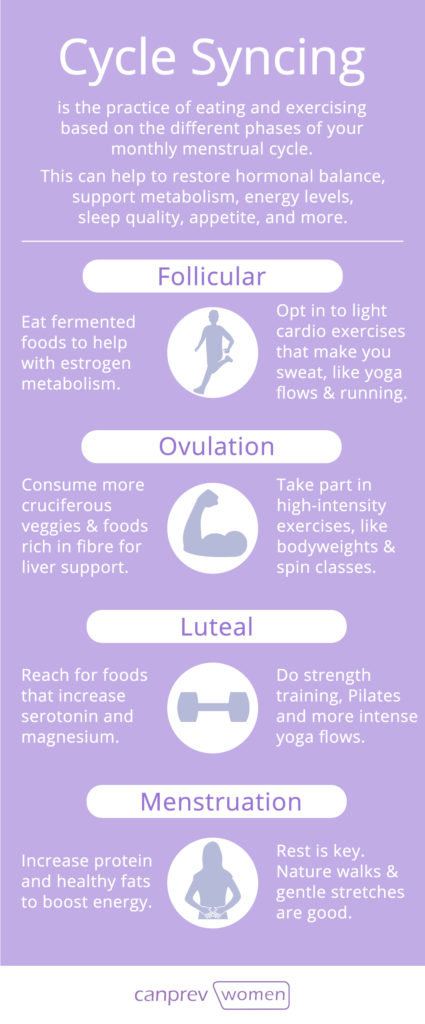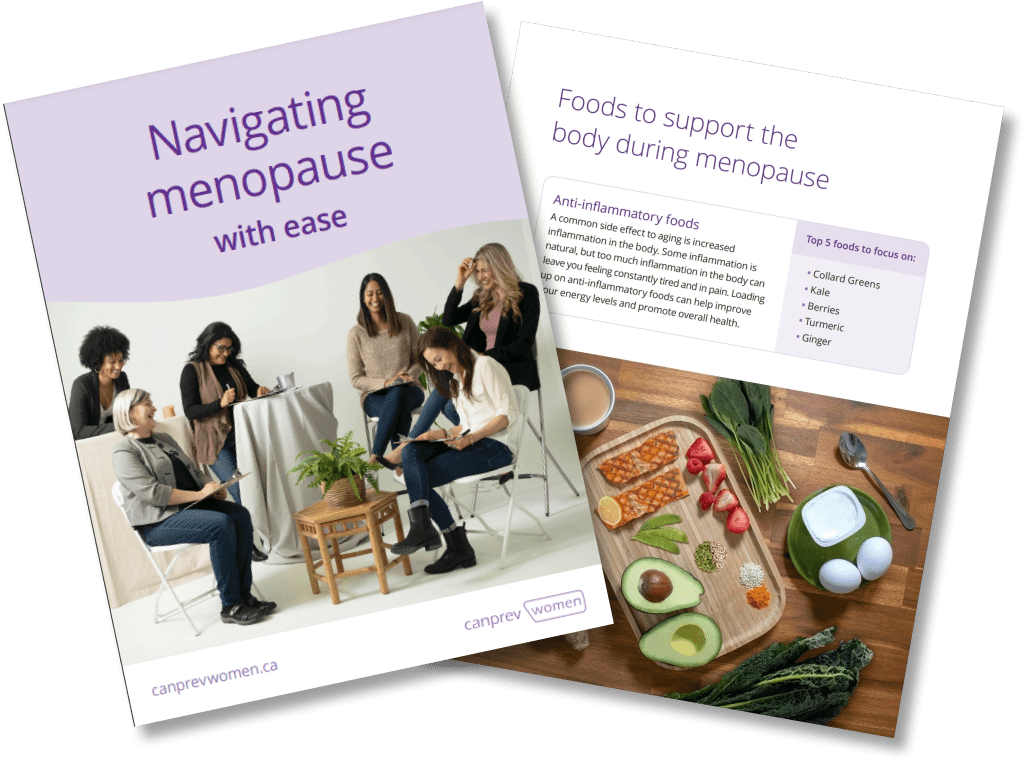Aunt Flo, shark week, the Red River, that time of the month. These are all terms you might be familiar with if you’re a menstruator. For many of us, periods can be a painful, messy, and annoying monthly occurrence. They can make us feel bloated, easily irritated, and overall uncomfortable.
This might be why we don’t talk more openly about it. But periods are a completely natural bodily function. And practicing mindful menstruation can help you manage painful period symptoms and learn more about your body’s health.
What is mindful menstruation?
Simply put, mindful menstruation involves taking a holistic approach to being aware of the cyclical changes that happen in our bodies. This means paying close attention to the individual stages of your menstruation cycle, monitoring your PMS symptoms, and understanding how the two are related.
Why is mindful menstruation important?
Mindful menstruation is a simple way of being more in tune with the complexities of your body. Knowing how your body functions and its unique patterns can help you understand what your body needs and how you can be the healthiest version of yourself. Apart from being more self-aware, mindful period care can help you treat the symptoms you experience before, during, and after menstruation.
In fact, one study examined the relationship between premenstrual symptoms, menstrual attitudes, and mindfulness-based intervention in 127 women. The results showed that a mindful approach to menstruation was associated with less severe PMS symptoms.
Being mindful of your menstrual cycle can also help your body in other ways. For example, another study found that a mindfulness-based approach can reduce stress caused by premenstrual dysphoric disorder (PMDD), a menstrual-related mood disorder. The results also showed that mindfulness helped reduce the number of participants that experienced symptoms of PMDD, including depression, mood swings, headaches, and more.
How to practice mindful menstruation
Mindful menstruation can look different for everyone, but here are some tips to get you started on your journey.
Know the stages of your menstrual cycle
There are four main phases in a menstrual cycle, where one cycle typically lasts 21 to 35 days (this may be slightly different for each individual).
- Follicular Phase – This phase is the time between the first day of your period and the last day of ovulation. The pituitary gland releases a hormone called Follicle Stimulating Hormone (FSH) and an egg prepares to be released.
- Ovulation Phase – During this phase, an egg is released from your ovary and the endometrium thickens.
- Luteal Phase – This final phase is the time between ovulation and your next period, where the body prepares for a possible pregnancy.
- Menstruation Phase – This is when your uterine lining or endometrium sheds (what’s commonly known as a period).
Use a period tracker
In order to be more mindful of your menstruation, you need to know where you are in your menstrual cycle. Using a period tracker can help you keep a record of upcoming periods, symptoms and mood patterns, and which phase of the menstrual cycle you’re on. You can track your period progress on an app such as Flo or Clue, a handwritten calendar, or in a journal.
Plan your schedule according to your menstrual cycle
From your workout session to the food you eat, planning out your daily activities with your menstrual cycle in mind can significantly improve your overall health. This is because the different phases of your menstrual cycle determine your mood and the amount of energy you have for a social event or work meeting. These phases also regulate the various nutrients your body needs.
For example, you may want to take it slow during your menstruation phase in terms of working out and opt for light movements or stretches. Foods like avocados are healthy fats and will give you enough energy to function while on your period. Additionally, lentils and leafy greens are great because they will increase your iron levels.
If you suffer from menstrual cramps, a supplement like Cramp Relief can help! This formula has proven herbal remedies for period cramps, including cramp bark for muscle and uterine muscle cramps, and sweet fennel and skullcap to relieve restlessness and nervousness. It’s also complete with vitamin B6 and magnesium for additional tension-relieving benefits, and to aid with better sleep.
Similarly, try to avoid vigorous exercise when you’re in your follicular phase. Since your testosterone levels are low, you might not have as much stamina at this time. Why not try a gentle yoga flow instead? In terms of food, try to include fermented foods in your diet to aid with the metabolization of estrogen. Some examples include kimchi, yogurt, and sauerkraut.
When you’re ovulating, testosterone levels are starting to pick up again. This means you can start doing higher intensity exercises since you’ll have more energy. Your estrogen levels are also at their highest during this phase. So, eating foods that are good for your liver like fruits and vegetables, and raw nuts and seeds are great at this time.
Lastly, as your body starts to prepare for its next period in the luteal phase, you can start to engage in higher intensity activities such as pilates, strength workouts, or a power yoga flow. Consuming foods such as quinoa, buckwheat, and leafy greens will help you increase your serotonin levels.
Go with your flow
From experiencing uncomfortable symptoms to dealing with mood swings, periods may not always be a fun experience. But with these tips to start your journey towards mindful menstruation, you can improve your overall well-being and have the upper hand at tackling periods. Here’s to being a mindful menstruator!
Sources:
Heading Into 2022 With More Mindful Menstruation
Let’s Talk About Mindful Menstruation
Mindful Menstruation
Learn More: Your Period Cycle In 4 Phases
Cycle Syncing: Matching Your Health Style to Your Menstrual Cycle
Menstrual cycle: What’s normal, what’s not


